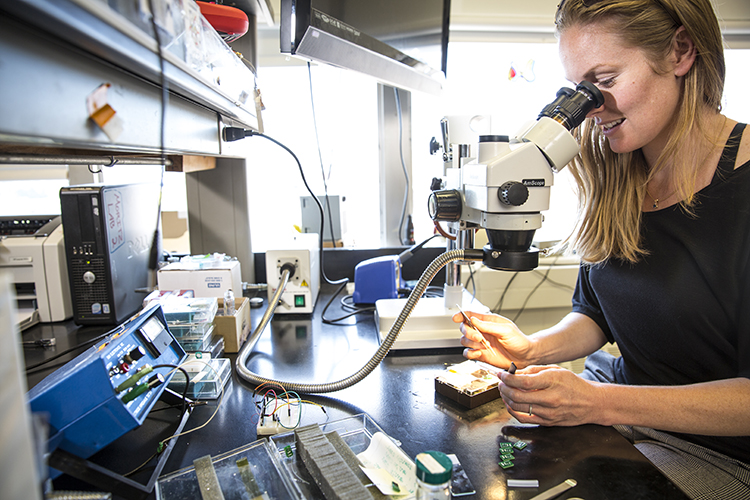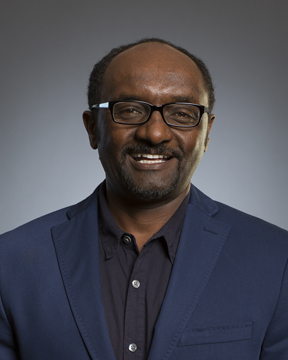Engage and Enable Blog
The aim of this blog is to show what’s happening at the Center for Neurotechnology among its faculty, student and staff members. To learn more about the center and its work, visit our Feature Stories page.
 A recent Reuters article outlined that although women in science, technology, engineering and mathematics (STEM) fields collaborate widely with other researchers, they are still underrepresented in physics, engineering, and computer science fields. To address current gender disparities and empower future women in STEM fields, departments at the University of Washington (UW) have focused on creating a supportive environment that empowers women through programs, mentorship and community.
A recent Reuters article outlined that although women in science, technology, engineering and mathematics (STEM) fields collaborate widely with other researchers, they are still underrepresented in physics, engineering, and computer science fields. To address current gender disparities and empower future women in STEM fields, departments at the University of Washington (UW) have focused on creating a supportive environment that empowers women through programs, mentorship and community.
 As part of his work with the Center for Sensorimotor Neural Engineering (CSNE), Dr. Sam Kassegne, one of the CSNE's Communication and Interface research leaders and CSNE deputy director at San Diego State University (SDSU), along with his SDSU colleagues and students, is developing a special kind of electrode to be used in brain-computer interfaces. This "glassy carbon" electrode both electrically stimulates (sends information) and records (receives information) from neurons in the brain.
As part of his work with the Center for Sensorimotor Neural Engineering (CSNE), Dr. Sam Kassegne, one of the CSNE's Communication and Interface research leaders and CSNE deputy director at San Diego State University (SDSU), along with his SDSU colleagues and students, is developing a special kind of electrode to be used in brain-computer interfaces. This "glassy carbon" electrode both electrically stimulates (sends information) and records (receives information) from neurons in the brain.
 Although the word “Rextravaganza” may conjure images of an east coast music festival, or perhaps even a conference for dinosaur enthusiasts, the Center for Sensorimotor Neural Engineering (CSNE) Rextravaganza series is actually an open forum for undergraduate and graduate students to practice scientific presentations at the CSNE and gain some exposure for their research in a supportive environment. This is a student-run event, held at the CSNE periodically throughout the year. It is managed by the CSNE's Student Leadership Council (SLC) and attended by CSNE-affiliated students, as well as other students at the University of Washington (UW) who are interested in neural engineering.
Although the word “Rextravaganza” may conjure images of an east coast music festival, or perhaps even a conference for dinosaur enthusiasts, the Center for Sensorimotor Neural Engineering (CSNE) Rextravaganza series is actually an open forum for undergraduate and graduate students to practice scientific presentations at the CSNE and gain some exposure for their research in a supportive environment. This is a student-run event, held at the CSNE periodically throughout the year. It is managed by the CSNE's Student Leadership Council (SLC) and attended by CSNE-affiliated students, as well as other students at the University of Washington (UW) who are interested in neural engineering.
